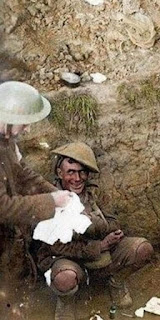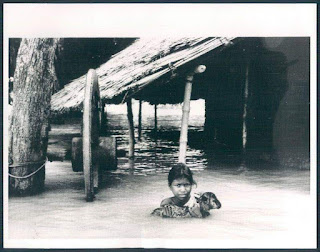Plataea (479 BC) - The battle where Western civilization hung in the balance:

Plataea (479 BC) - The battle where Western civilization hung in the balance: The Battle of Plataea was fought between the united city-states of ancient Greece and the mighty Persian Empire, and while it was the most important battle of the Greco-Persian Wars, it is not nearly as well-known as three other battles. Thermopylae was a Greek defeat, and Marathon and Salamis, although Greek victories, were only temporary setbacks for Persia, which returned to the fight each time. Plataea, however, was decisive and effectively ended the Persian invasion. If the Greeks had lost this battle and become merely one more province of the Persian Empire, the cultural flourishing of Greece in the 5th century BC might not have taken place. This victory ensured the continued independence of the Greek city-states - permitting an astonishingly rich period of art, science, and philosophy to begin which would lay the foundations for Western civilization. So much was on the line and so stacked the odds seemed





